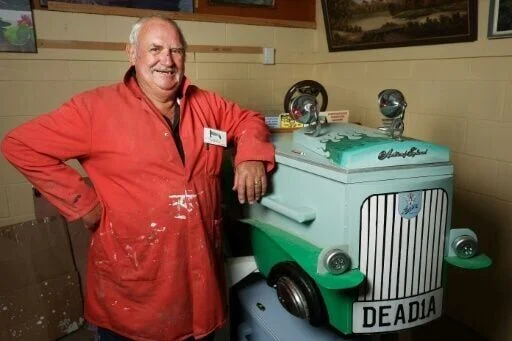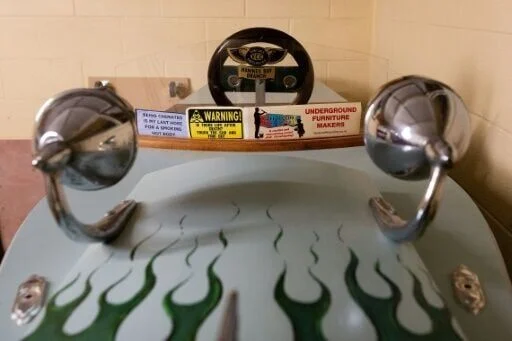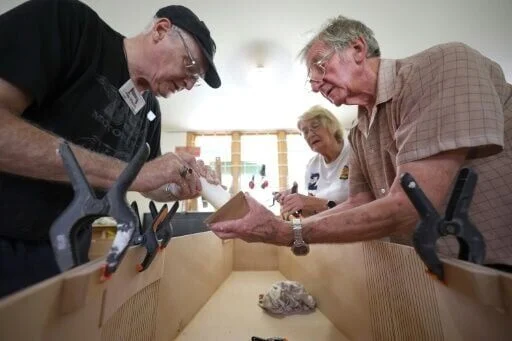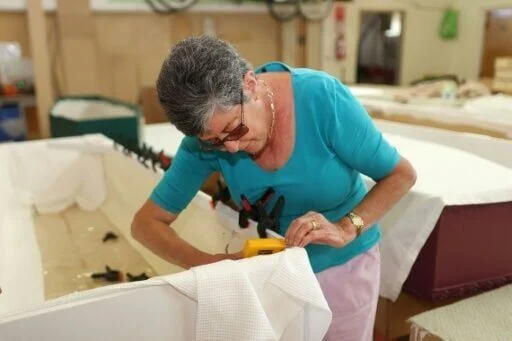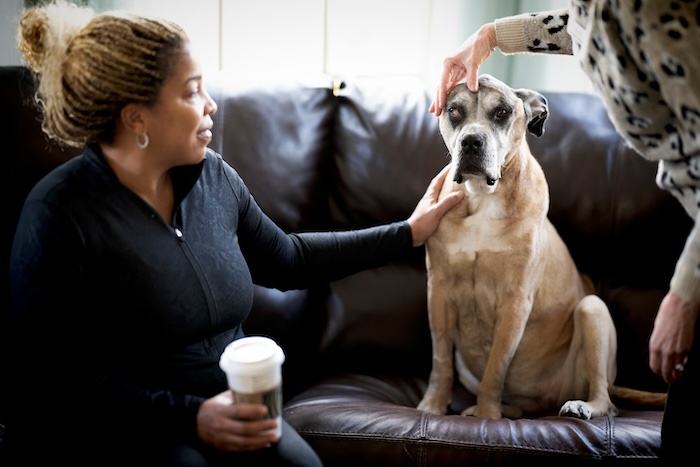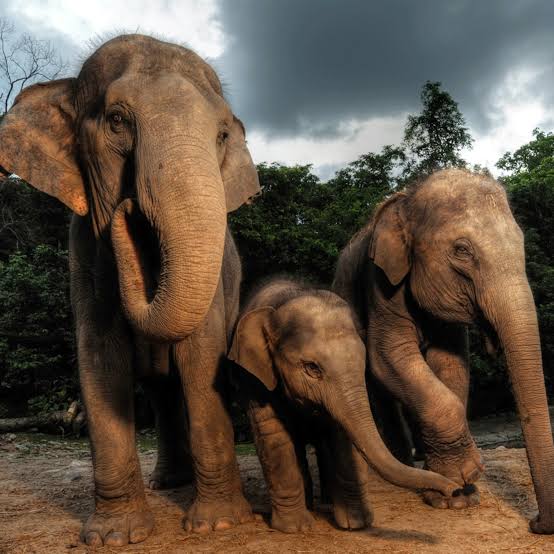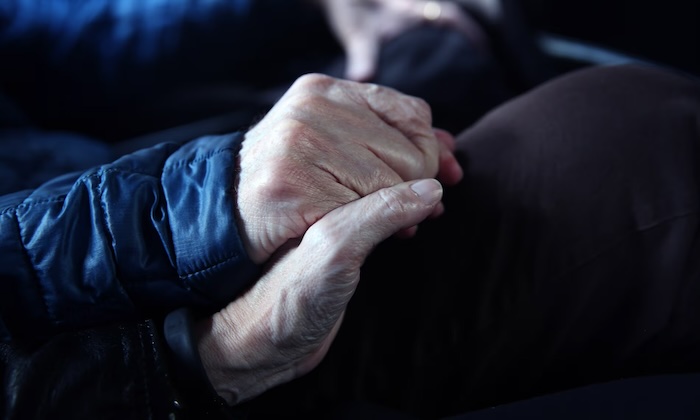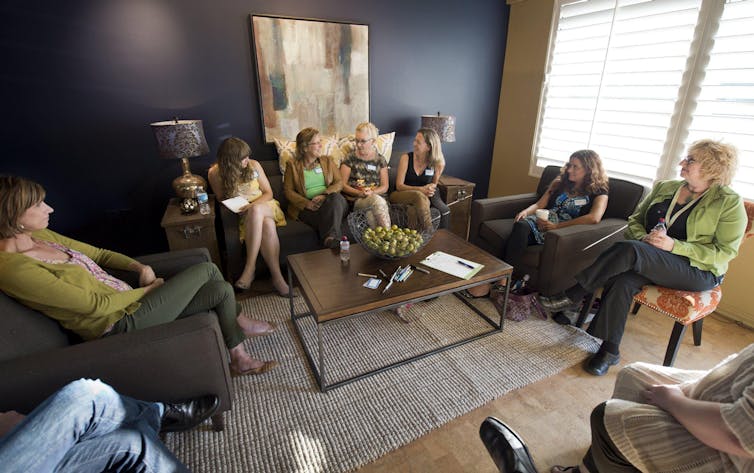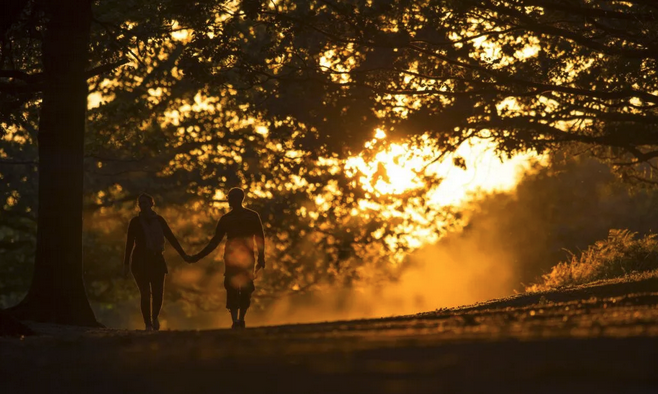— You have options

By Jose Alejandro Lemuz
I am dying from prostate cancer that has spread to my bones.
But it’s comforting to know that I will likely soon die gently because I plan to use a medical aid-in-dying law championed by civil rights icon Dolores Huerta.
Thanks to the California End of Life Option Act, I will soon have the option to take a medication prescribed by my doctor that will allow me to die peacefully.
While I understand why my doctor wanted me to undergo more treatments, at this point in the rapid progression of the disease, the costs outweigh the benefits for me. Doctors should consult with patients about their care, not dictate it. Only I can determine how much suffering I can endure.
Less than three percent of the Californians who used the law in 2022 were Latinos, even though we represent 40% of the state’s population, and polling shows 68% of Hispanic Californians support medical aid in dying.
I suspect this disparity is because we have unequal access to this end-of-life care option because of healthcare system bias, cultural differences, and/or language barriers. I am a low-income body shop mechanic who does not speak English. My family doesn’t even have money for my burial.
Shamefully, I had to learn about this law through YouTube videos of a young Puerto Rican man, the late medical aid-in-dying advocate Miguel Carrasquillo, and TV news stories, instead of through my own doctors.
‘No More Treatment’
In December 2023, three months after trying to start the conversation about medical aid in dying with my healthcare team and after I had already endured numerous rounds of treatment since my diagnosis in 2018, I told my doctor:
“I don’t want any more treatment, I want you to respect my decision and I want you to help me. I’m asking that you declare me at the end stage because you’re the one who knows the treatment isn’t working for me anymore.”
I repeatedly asked my oncologist to estimate how long I have to live.
She declined to give me a prognosis. I showed my doctors a web page about this end-of-life care option to prompt the conversation with them.
They responded, “No, not yet…Keep taking more chemo.”
‘I Have Options’
I kept telling my doctors: “I have options.”
Why did my doctors not advise me about my healthcare options at the end of life, including my right to decline medical treatment for this incurable illness?
Hospice
For five years, I endured treatments to try to cure the cancer so I could work to provide for my two children and enjoy life.
Not anymore.
Last week [March 10], my doctors finally placed me in hospice care that focuses on alleviating some of the pain.
I am tired. I am weak. I have had a fever and convulsions for days. My frail and thin body can no longer withstand more than just a few steps.
Suffering is like being tortured.
Cancer consumes you little by little.
Unfortunately, the hospice care I am getting does not significantly reduce my suffering, so I will soon get the medication that will relieve me of this pain so I can die in peace.
I have spoken to God and asked Him to forgive my sins throughout my life.
I have talked to my children.
They understand and they support my decision.
They know it is my time to go.
Complete Article ↪HERE↩!

